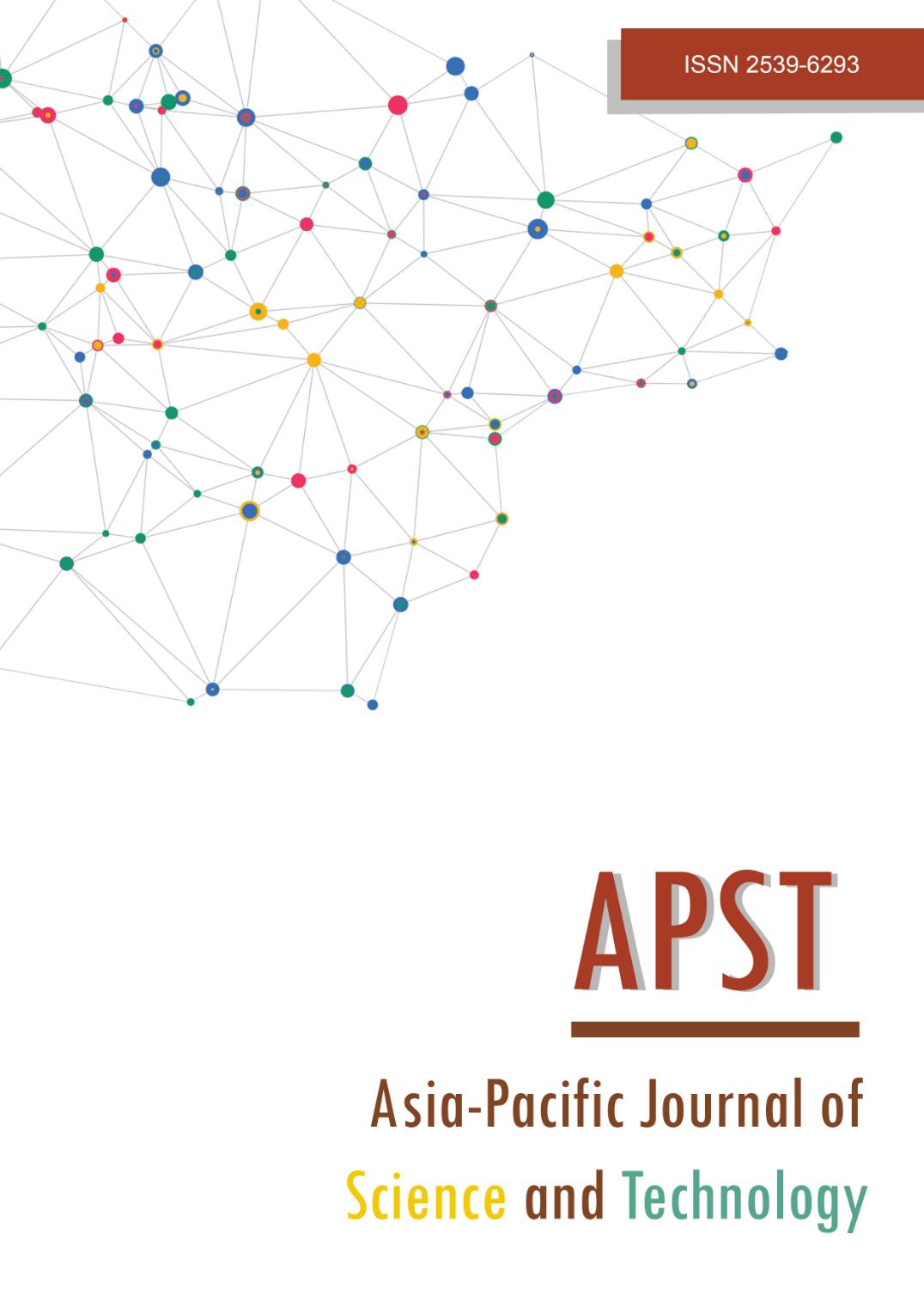Coconut shell as skin barriers for colorectal cancer survivors with ostomy
Main Article Content
Abstract
Ostomy bag is a pouch highly needed by the ostomate to collect the liquid leaking out of the stoma, seen in skin barrier. This is essential for preventing peristomal skin irritations, known to be one of the most common ostomate complications. The current cost of a standard appliance is relatively expensive, especially for patients with low income Therefore, it is necessary to create more affordable and less risky alternative tools, e.g., coconut shell, as against those commonly used in Indonesia. This study used quasi-experimental design with basic time series (n=8). Therefore, The Studio Alterazioni Cutanee Stomali (SACS) Instrument was adopted for the analyzing and classifying the degree of peristomal skin irritation. The data collected were then examined by experts, through picture documentations obtained using the Digital single lens reflex (DSLR) camera equipped with zoom lens EF-s18-55 mm, on day 1, day 3 and day 7 after the attachment of coconut shell skin barrier. The result indicated the absence of peristomal skin irritation experience in most of the respondents, while clinical evaluation using SACS Instrument, showed erythema symptoms on the skin area, which suggests irritation. It is possible to adopt coconut shell as a reference alternative tool for ostomate. This tool has the advantage of minimizing the potential risk of peristomal skin irritation, compared to others used in Indonesia, alongside the better cost effectiveness, accessibility, and reusability.
Article Details
References
Ratliff C, Scarano K, Donovan A. Descriptive study of peristomal complications. J Wound Ostomy Continence Nurs. 2005;32(1):33-37.
Nyabaek H, Knudsen DB, Laursen TN, Karlsmark T, Jemec GBE. Study of peristomal skin disorders in patients with permanent stomas. Br J Nurs. 2008;15(16):854-862.
LeBlanc K, Whiteley I, McNichol L, Salvadalena G, Gray M. Peristomal medical adhesive-related skin Injury-results of an international consensus meeting. J Wound Ostomy Continence Nurs. 2019;46(2):125-136.
Williams J, Gwillam B, Sutherland N, Matten J, Hemmingway J, Ilsey H, et al. Evaluating skin care problems in people with stomas. Br J Nurs. 2010;19(7):s6-s15.
Herlufsen P, Olsen AG, Carlsen B, Nybaek H, Karlsmark T, Laursen TN, et al. Study of peristomal skin disorders in patients with permanent stomas. Br J Nurs. 2006;15(16):854-862.
Duchesene JC, Wang YZ, Weintraub SL, Boyle M, Hunt JP. Stoma complications: a multivariate analysis. Am Surg. 2002;68(11):961-966.
Rudoni C. Peristomal skin irritation and the use of a silicone-based barrier film. Br J Nurs. 2011;20(16):8-22.
Cutting K. Silicone and skin adhesive. J Community Nurs. 2006;20(11):36-37.
Dykes PJ, Heggies R, Hill SA. Effects of adhesive dressings on the stratum corneum of the skin. J Wound Care. 2001;10(1):7-10.
Almutairi D, LeBlanc K, Alavi A. Peristomal skin complications: what dermatologists need to know. Int J Dermatol. 2018;57(3):257-264.
Wound, Ostomy and Continence Nurses Society Guideline Development Task Force. WOCN society clinical guideline-management of the adult patient with a fecal or urinary ostomy-an executive summary. J Wound Ostomy Continence Nurs. 2018;45(1):50-58.
Steinhagen E, Colwell J, Cannon LM. Intestinal stomas-postoperative stoma care and peristomal skin complications. Clin Colon Rectal Surg. 2017;30(3):184-192.
Meisner S, Lehur PA, Moran B, Martins L, Jemec GBE. Peristoma skin complications are commom, expensice, and difficult to manage: a population based cost modeling study. PLoS One. 2012;7(5).e37813.
Nichols TR, Inglese GW. The burden of peristomal skin complications on an ostomy population as assessed by health utility and the physical component summary of the SF-36v2®. Value Health. 2018;21(1):89-94.
Beitz J, Gerlach M, Ginsburg P, Ho M, Mc Cann E, Schafer V, et al. Content validation of a standardized algorithm for ostomy care. Ostomy Wound Manage. 2010;56(10):22-38.
Nyabaek H, Jemec GBE. Skin problems in stoma patients. J Eur Acad Dermatol Venereol. 2010;24(3): 249-257.
Burch J. Preventing and managing peristomal skin infections and sore skin. Gastrointest Nurs. 2010;8(9):22-28.
Seungmi P, Lee YJ, Oh DN, Kim J. Comparison of standardized peristomal skin care and crusting technique in prevention of peristomal skin problems in ostomy patients. J Korean Acad Nurs. 2011;41(6):814-820.
Burch J, Sica J. Common peristomal skin problems and potential treatment option. Br J Nurs. 2008;17(17).S4.
Brewster L. Ensuring correct use of skincare products on peristomal skin. Nurs times. 2004;100(19):34-35.
Black P. Peristomal skin care: an overview of available products. Br J Nurs. 2007;16(17):1048-1050.
Nagano M, Ogata Y, Ikeda M, Tsukada K, Tokunaga K, Lida S. Peristomal moisture-associated skin damage and independence in pouching system changes in persons with new fecal ostomies. J Wound Ostomy Continence Nurs. 2019;46(2):137-142.
Cronin E. Problem stomas and the use of convexity. Gastrointest Nurs. 2005;(10):33-40.
Redmond C, Cowin C, Parker T. The experience of faecal leakage among ileostomists. Br J Nurs. 2009;18(17): S12-S17.
Cronin E. A guide to the appropriate use of convex stoma care products. Gastrointest Nurs. 2008;6(2):1048-1050.
Turnbull GB. The convexity controversy. Ostomy Wound Manage. 2003;49(1):16-17.
Hoeflok J, Purnel P. Understanding the role of convex skin barriers in ostomy care. Nursing. 2017;47(9):51-56.
Carllson E, Fingren J, Hallen AM, Petersen C, Lindholm E. The prevalence of ostomy-related complications 1 year after ostomy surgery: a prospective, descriptive, clinical study. Ostomy Wound Manage. 2016;62(10):34-48.
Krishnamurty DM, Blatnik J, Mutch M. Stoma complications. Clin Colon Rectal Surg. 2017;30(3):193-200.


